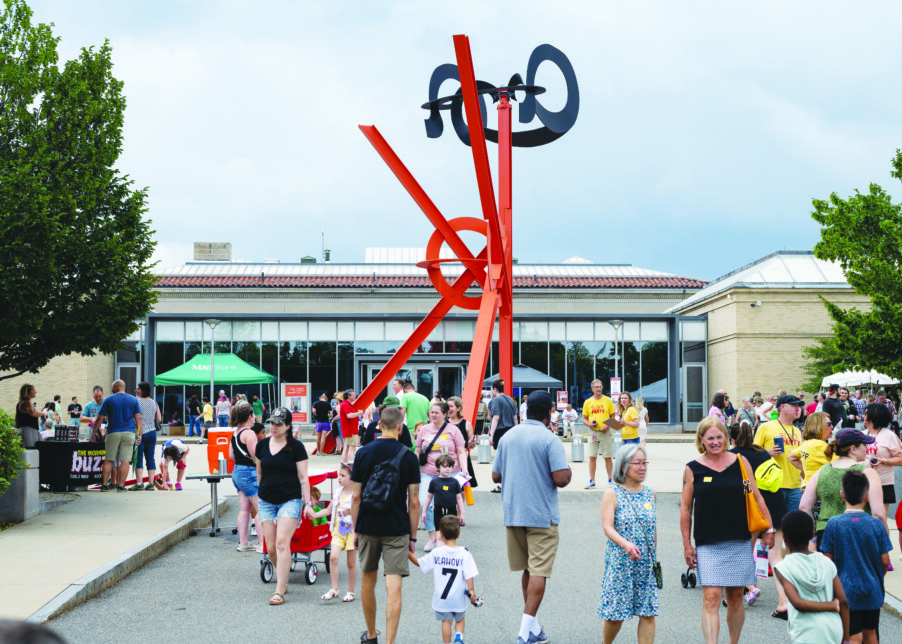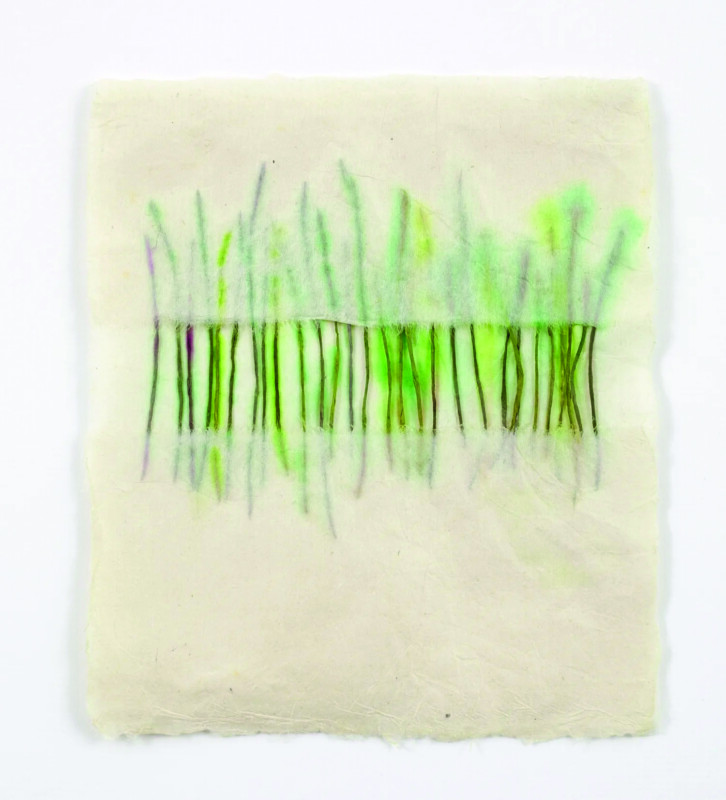New Hampshire writer reads from new novel
In her new novel Beautiful and Terrible Things, S.M. Stevens follows the friendship of six individuals, from early, nascent stages to close knit, and uses their shared lives to explore a range of hot-button topics in an admirably even-handed manner. The author will read from it and sign copies at Bookery in Manchester on July 19.
The book is set in an unknown city, a bold decision intended to underscore the universality of many social issues in its pages, Stevens said by phone recently. “These conversations and events are taking place in a lot of Western countries today,” she said. “I just think the story means more to people if they can see it happening in what they consider their city.”
Racism, gender, climate change, mental health and immigration are all addressed. When it comes to the latter, Stevens hopes readers will take away one bit of knowledge. “One of my goals in writing this was to remind people that no matter what your view is on an issue, there are always real people behind the statistics,” she said. “We do well to remember that.”
Without being pedantic, Stevens presents social questions as a school teacher might, asking people to fully study and think them through. If readers don’t arrive at a place of compassion for the many struggles the book’s characters face, maybe they’ll come away with some understanding.
“I wanted to show various views on some of the stickier issues,” Stevens said. “Now, there are no two sides to racism — it’s just wrong — but immigration is a really complex issue. On that one, I tried to present varying views.”
The character Jess is a rising professional and the daughter of immigrants who’s sometimes needled about her citizenship status. Jess brushes off such queries, comfortable in knowing she’s U.S.-born to legally naturalized parents. That changes when a woman who works in her childhood home and helped raise her has an immigration problem that’s too complicated to write off as “those folks” coming across the border.
Stevens employs other real-life stories to highlight social questions. Jess dates a Black member of the group; witnessing him encounter systemic racism is an eye-opening experience for her. One character has mental health issues that his friends try to understand and help with; another is nonbinary and helps to explain their experience with delicacy.
The book’s main characters are all millennials; Stevens has two daughters in that age group. “They are more passionate about equality and the planet and social justice than most people I know,” she said. “I think characters on the cusp of age 30 are asking all those really cool questions about their lives. Am I in the right career? Should I be married by now? Do I want to have kids? That’s a really important stage of life for most adults. That was why I chose it.”
More than anything, the novel is a fun read about people from different backgrounds getting to know each other, doing things like enjoying weekend trips or going to a demonstration.
“I hope it entertains people,” Stevens said. “I think reading is a pastime unless you’re doing it for school and education. It should be fun, it should be entertaining, and you should love the characters and not want to leave them behind at the end.”
Much of the novel’s action happens at an independent bookstore one of the characters manages that becomes a flashpoint for looking at gentrification and who it affects. In the book’s acknowledgements, Stevens notes that the store is inspired in part by Gibson’s in Concord, where she once did a reading.
Stevens lives north of Hillsborough, having moved to New Hampshire with her husband in 2020 to live in a house on a pond that he’d built there 35 years earlier. Beautiful and Terrible Things is her second adult novel, following Horseshoes and Hand Grenades and two books written for younger readers.
S.M. Stevens
Author reads from her new novel Beautiful and Terrible Things, followed by Q&A and book signings.
When: Friday, July 19, 5 p.m.
Where: Bookery, 844 Elm St., Manchester
Tickets: free, register at eventbrite.com
Featured image: S.M. Stevens. Courtesy photo.





